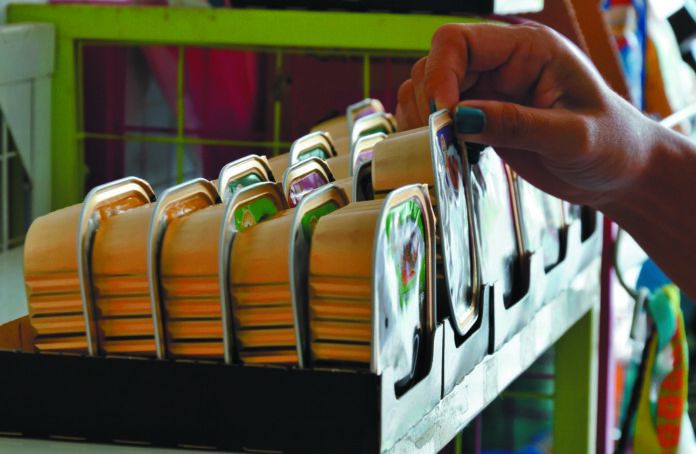It is possible to feed a healthful diet to an average-size dog for just a few hundred dollars a year. Why, then, do some people pay three times as much — or more? Frequently, they have fallen under the spell of “premiumization.”
Premiumization is a marketing term that was first used in the alcohol industry but has since spread to clothing, health and beauty aids, human foods, and now pet foods. It speaks to ways in which manufacturers present their products as having more value than they actually do and thereby get away with charging more. It can be something about the packaging, the ingredients, or the wording on the label, and it comes with a marketing placebo effect. When people pay more, they may then tell themselves the product is better than a similar item that is less expensive, in effect doing some of the manufacturer’s work by “selling” the item to themselves.
In the case of dog food, many pet owners who feed more expensive diets may decide they see improved health in their animals. It’s an effective ploy. In 2001, sales of premium pet food totaled $5.7 billion and accounted for 44 percent of the pet food market. By 2015, premium pet food ratcheted up $14.5 billion in sales and accounted for 61 percent of the market.
Don’t fall for the hype
It’s not marketing bursts on the label that will tell you whether a food is a healthful choice for your dog. It’s the Statement of Nutritional Adequacy, printed in very small type. It will let you know whether a dog food meets the standards of the American Association of Feed Control officials for maintenance (adult dogs), puppies and lactating mothers, or all life stages.
Of course, if you have been feeding your dog relatively expensive wet food, she enjoys it, and you can comfortably afford it, there’s nothing wrong with that as long as the food is complete and balanced. Just know that the health value of a food is not in its price.






A lot of premium food is wheat free. When we change dogs from a wheat based food we get results within days, no paw licking less ear wax less tear stains. I have been reccomending this within a shop environment for over 30years and results are at least 80% succesful. We can tell this by repeat custom